Osaka, Atelier Outotsu Printmaking Studio
Izumi Ueda Yuu & Katherine Sirois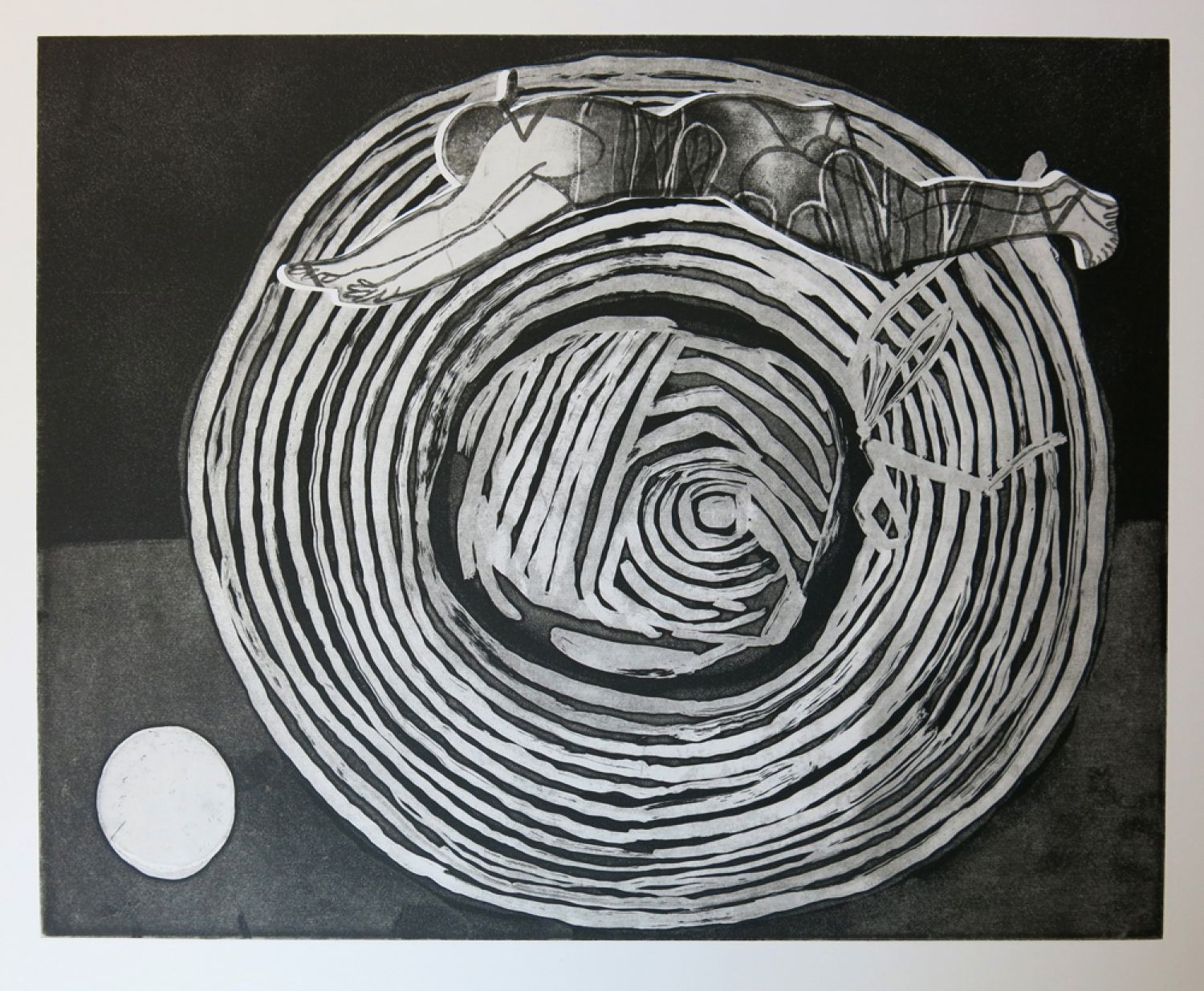
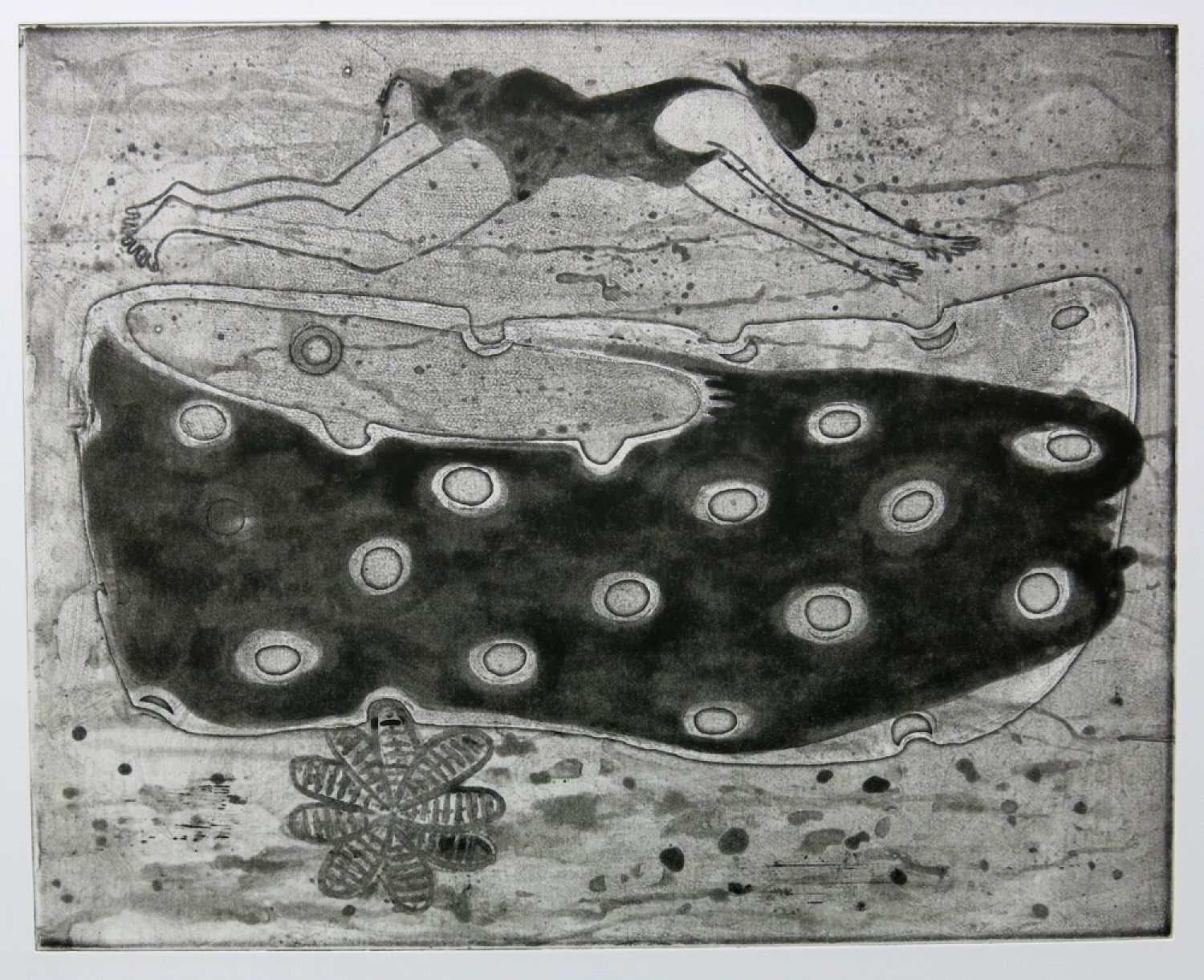
The Sun was setting on the horizon, the heat was stifling, the view was breathtaking. The soft wax ground applied on the copper plate, previously engraved by pressing daily object on its surface through the etching press, was bitten by the contact of the acid, whose action was stronger because of the intense heat and the time of the day. The traditional etching process was pushed to its limits by this sort of technical «subversion». The traces, marks and incisions are inscribed in the matter (first the wax, then the copper plate) by the pressure of real objects like cloths, bras and shoes instead of the usual manual drawing, a step which has prevailed since the origin of the technique. Looking at the final cotton paper imprinted with the engraved and inked copper plates, we get the illusion of the mechanical process of photographic capture that even resembles, in some cases, the clinical images obtained by x-ray photography.
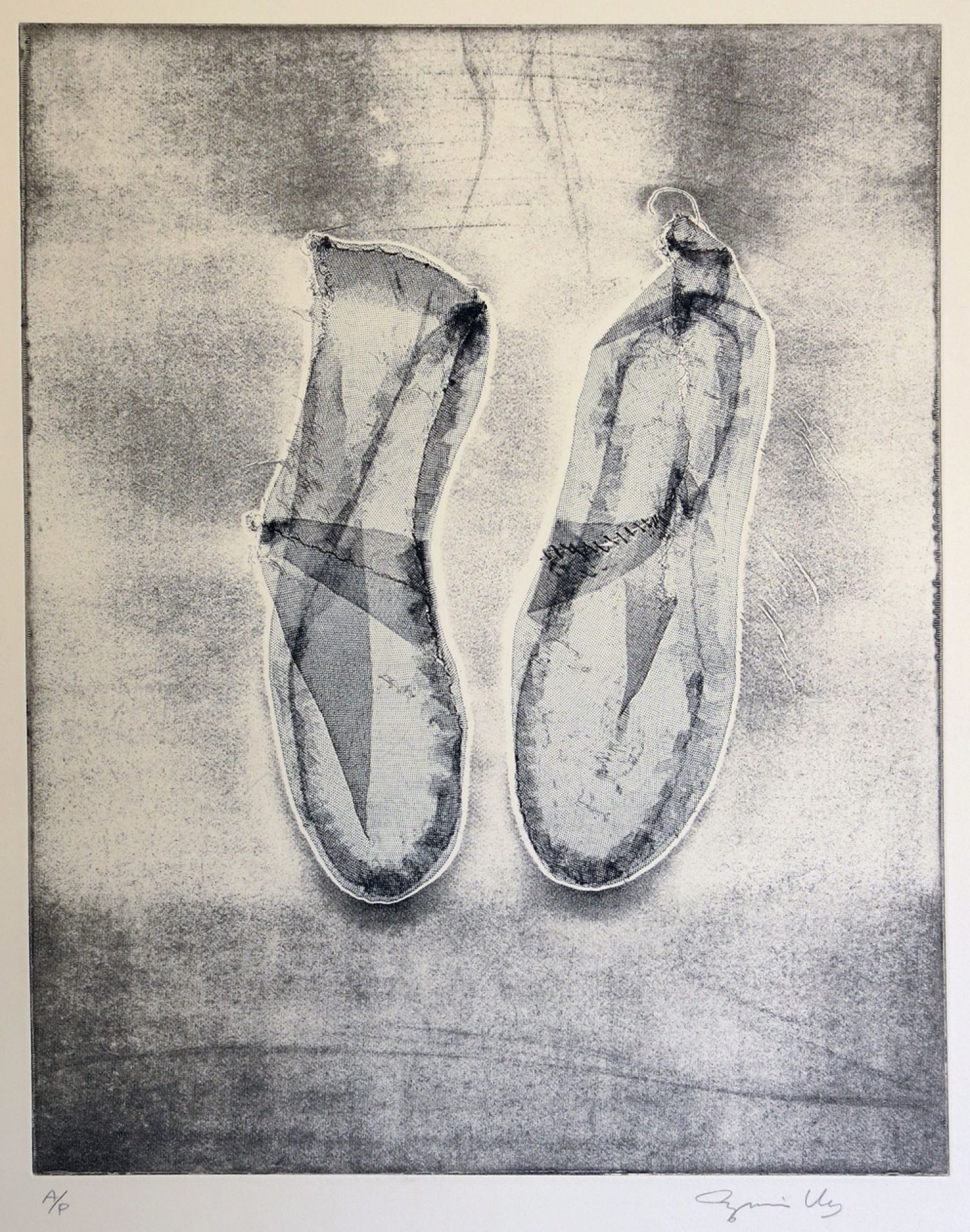
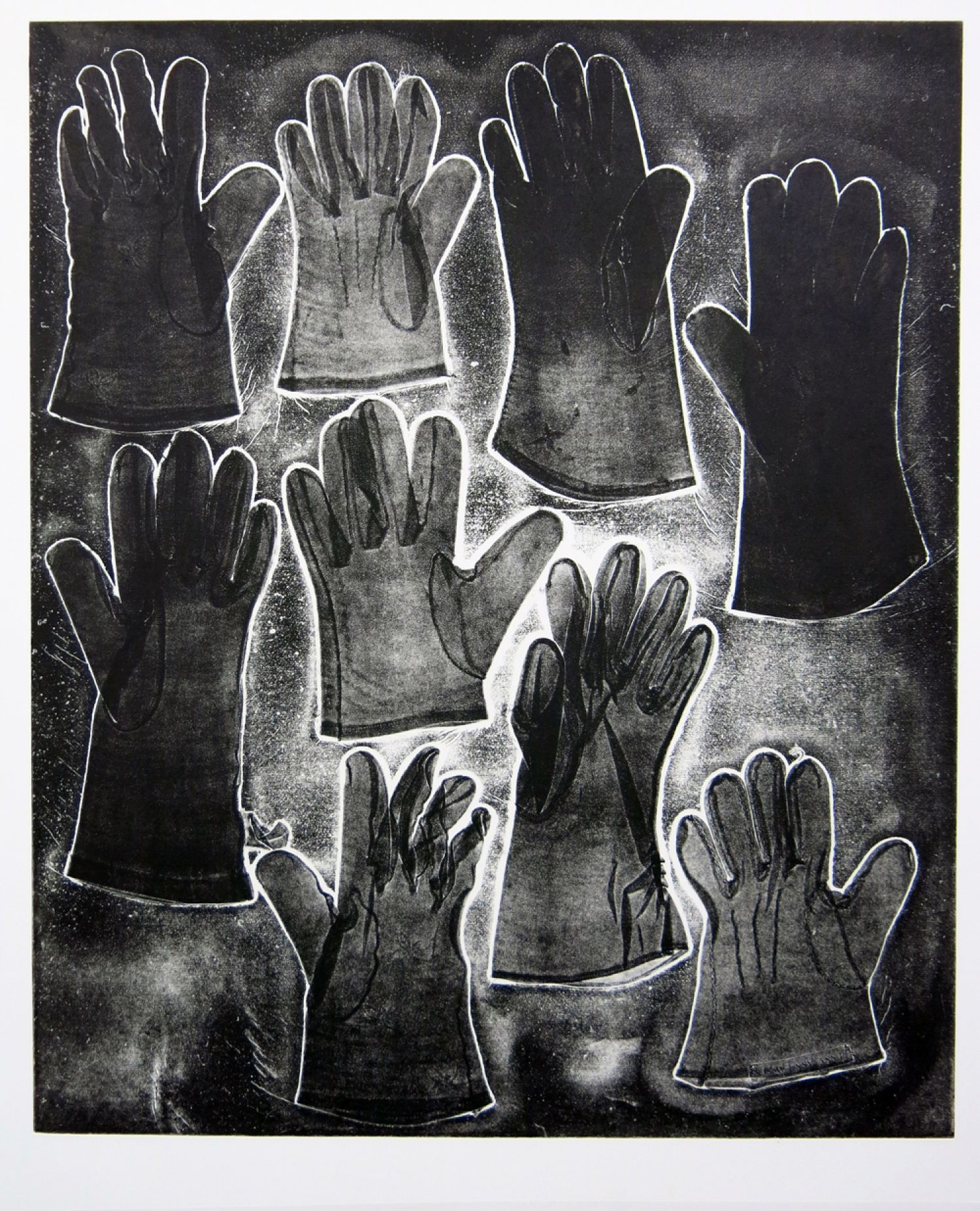
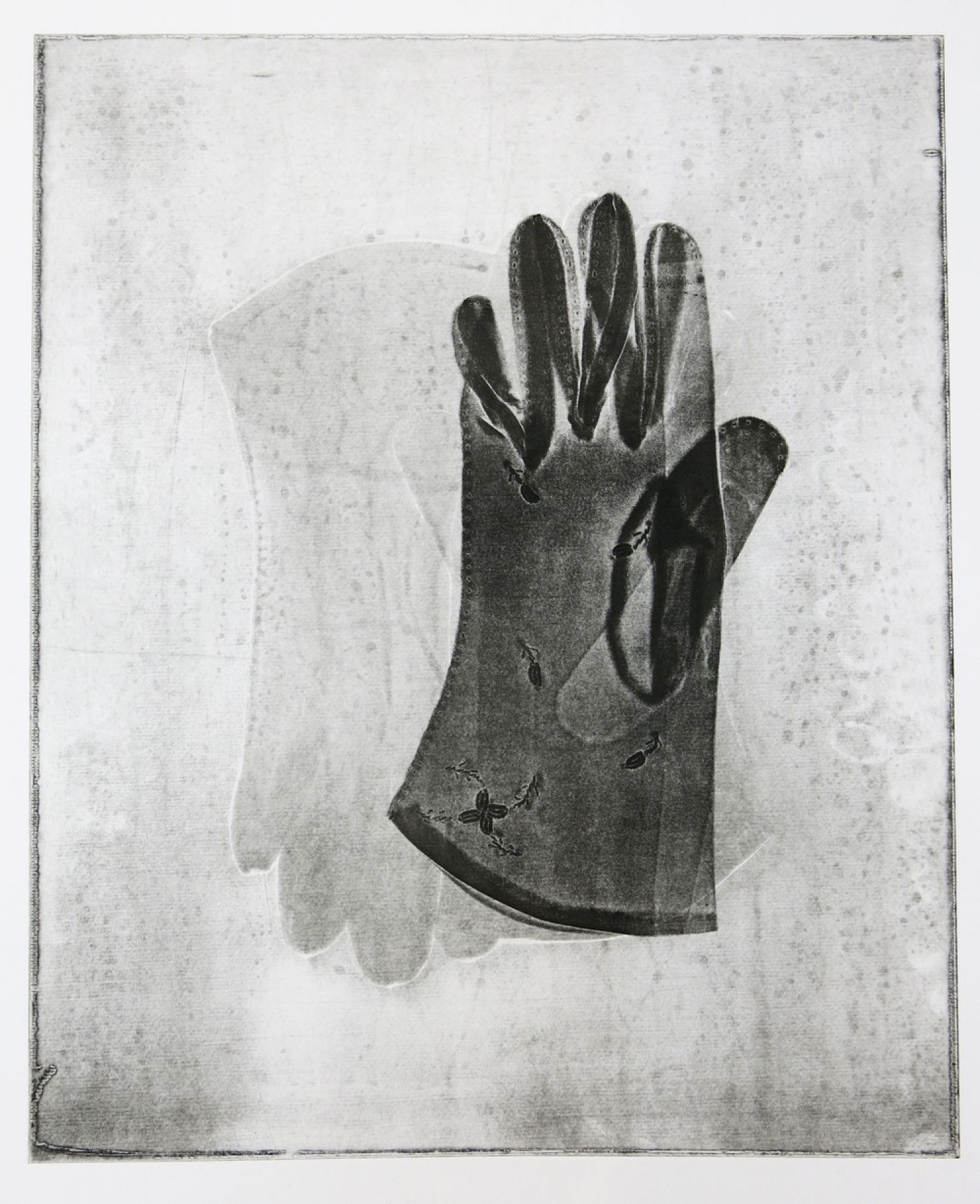
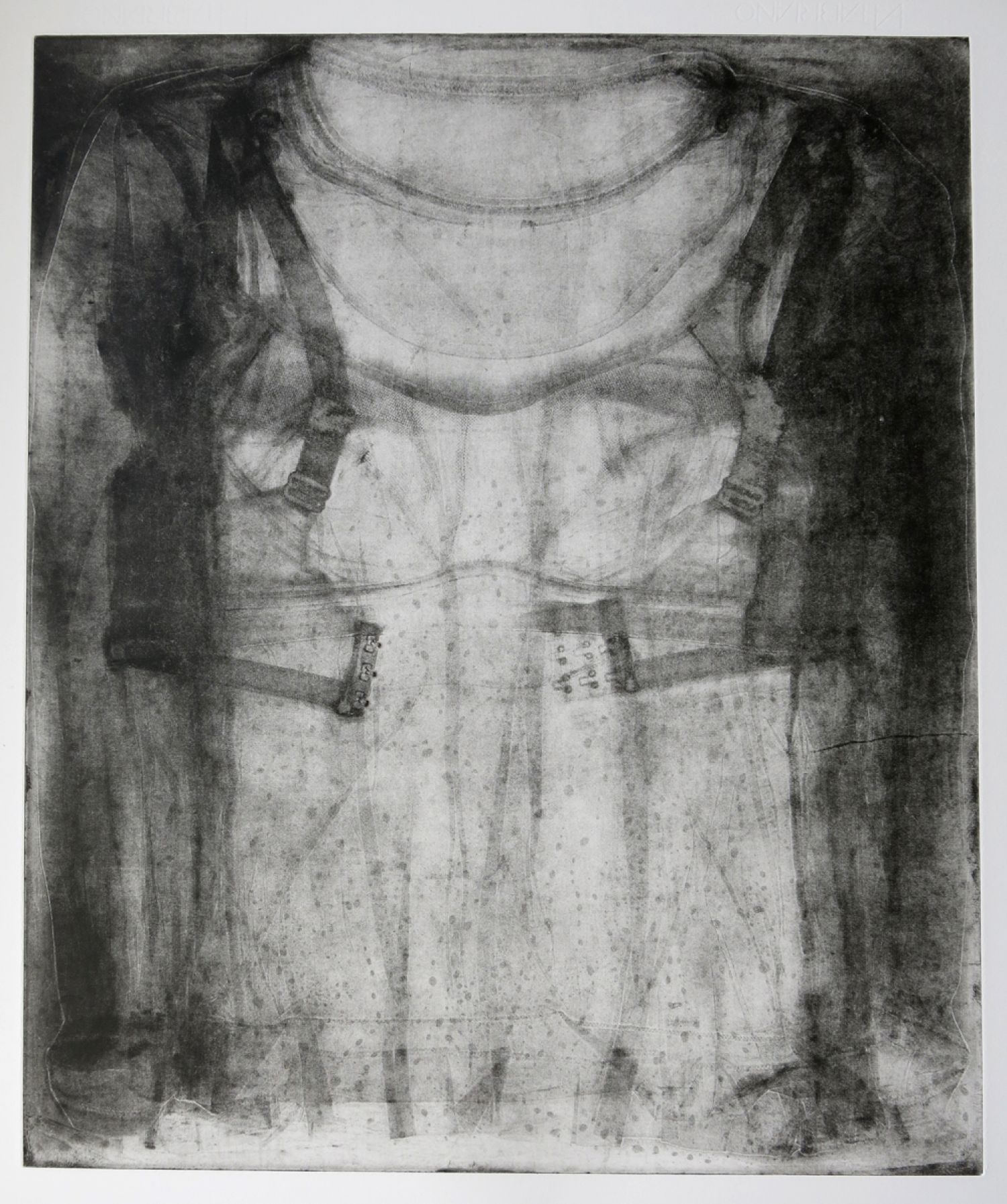
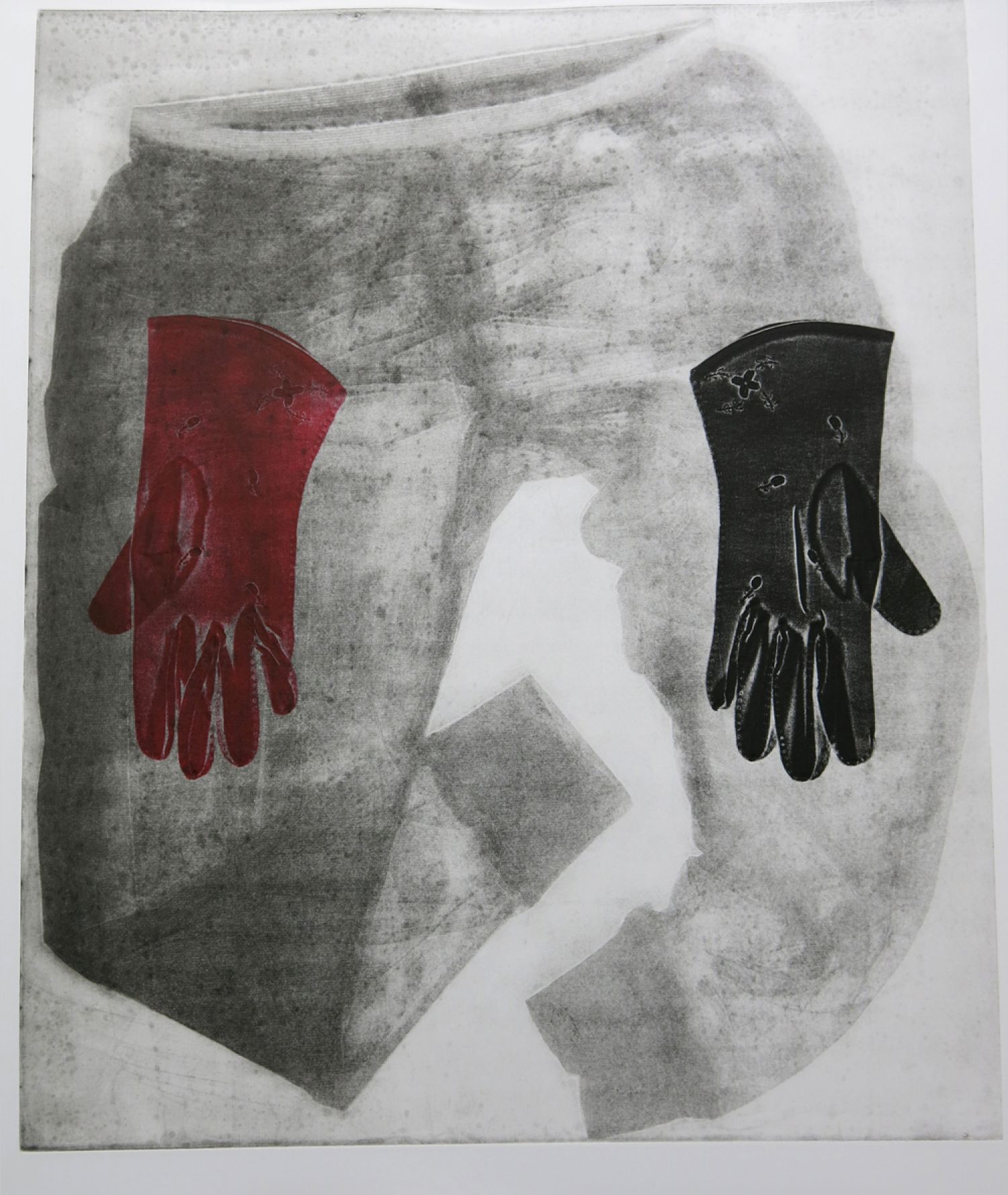
Familiar daily object carefully observed, scrutinized, put under magnifying glasses… This aspect of the work of Izumi Ueda Yuu is given at first sight, especially in the representations of the pieces of clothing that have caught my attention at her recent exhibition in Estremoz, Alentejo which took place at the Palácio dos Marqueses da Praia e Monforte, from the 28th of May to the 23rd of July 2017. These 13 etchings, that we have selected together at her place in Lisbon for this Wrong Wrong issue, are parts of the work made during her residency in Osaka, at the Outotsu Printmaking Studio, in 2015.
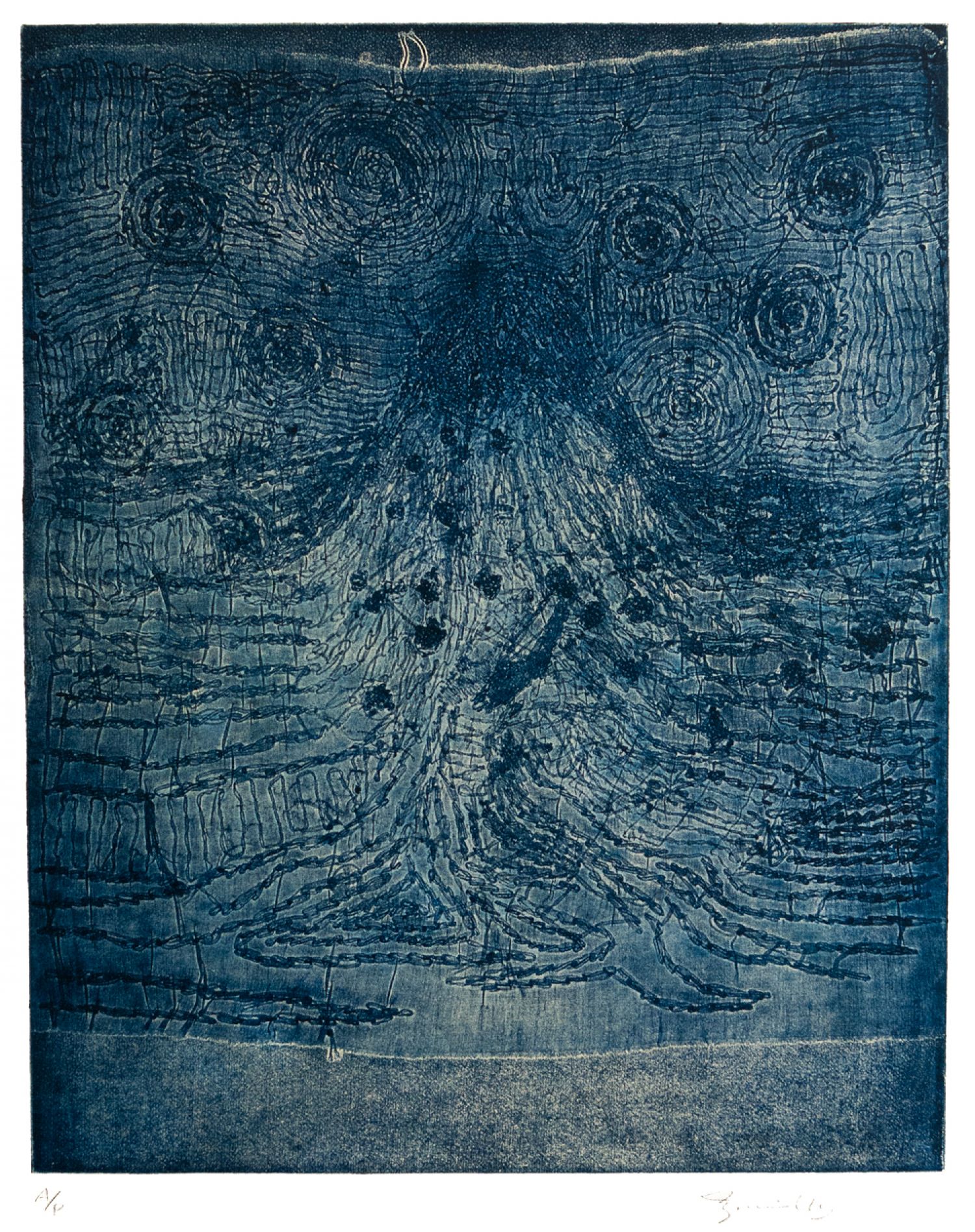
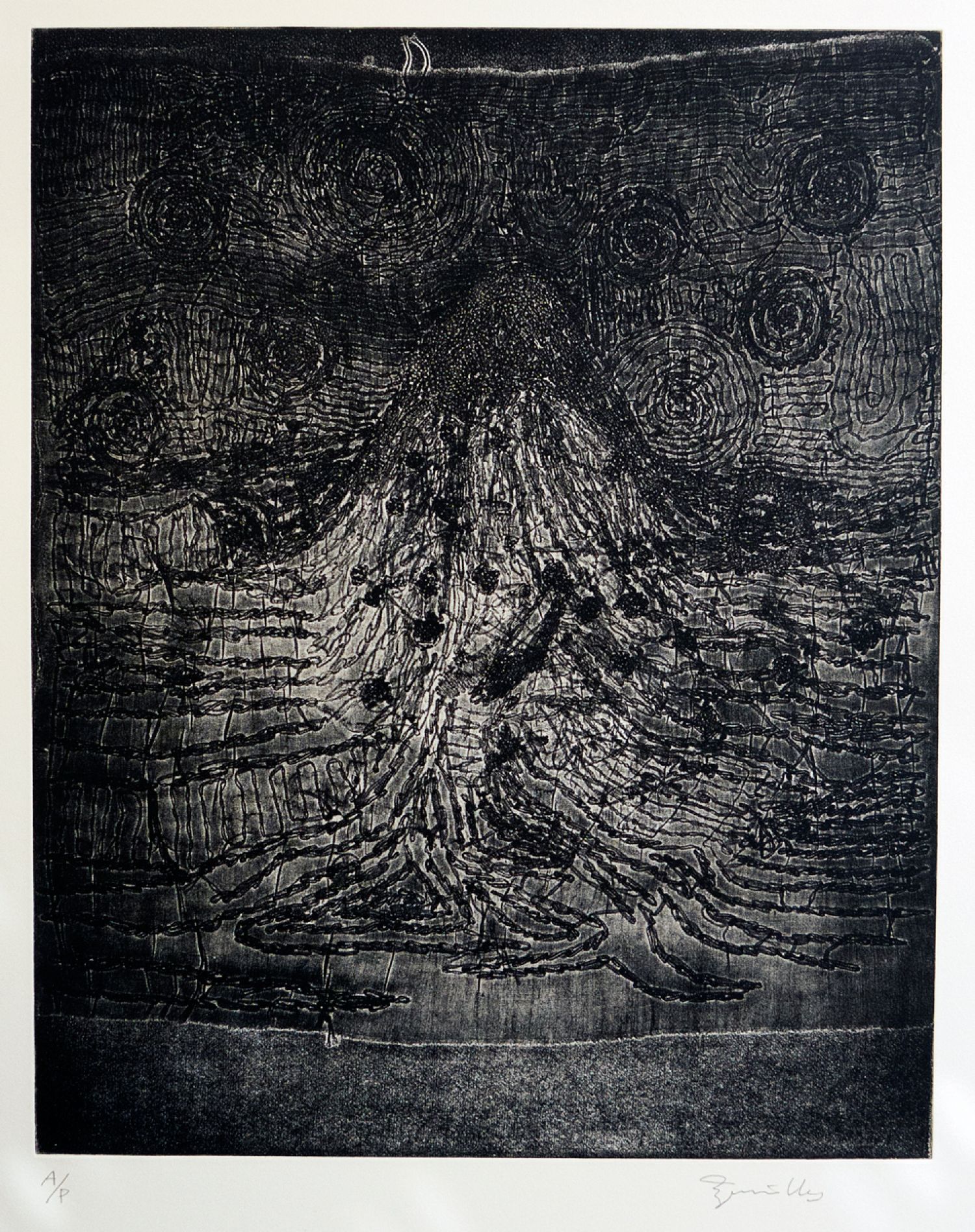
There were two main etching techniques used during the residency. We have selected works from the two, both easily identifiable. The first one is described above. The second one, called the Intaglio Spit Bite, is based on direct drawing on the bare and clean copper plate, free of the wax ground. Here, the artist used a special white paint made of refined sugar, which easily melts in contact with the acid when biting the copper and removing the painted areas. Once the drawing is finished and dried, the copper plate is recovered with the acid resistant wax and goes into the aggressive substance to reveal the reversed image from the previous negative one. This currently widespread technique is particularly difficult to master, as the acid process has to be repeated several times for controlled time frames until the engraving goes deep enough to obtain, during the final printing step, the desired effects, contrasts, light and shadow values. The acid used can be stronger, applied directly onto the plate, be left to rest and develop under the sun, like Izumi enjoys to do as well.
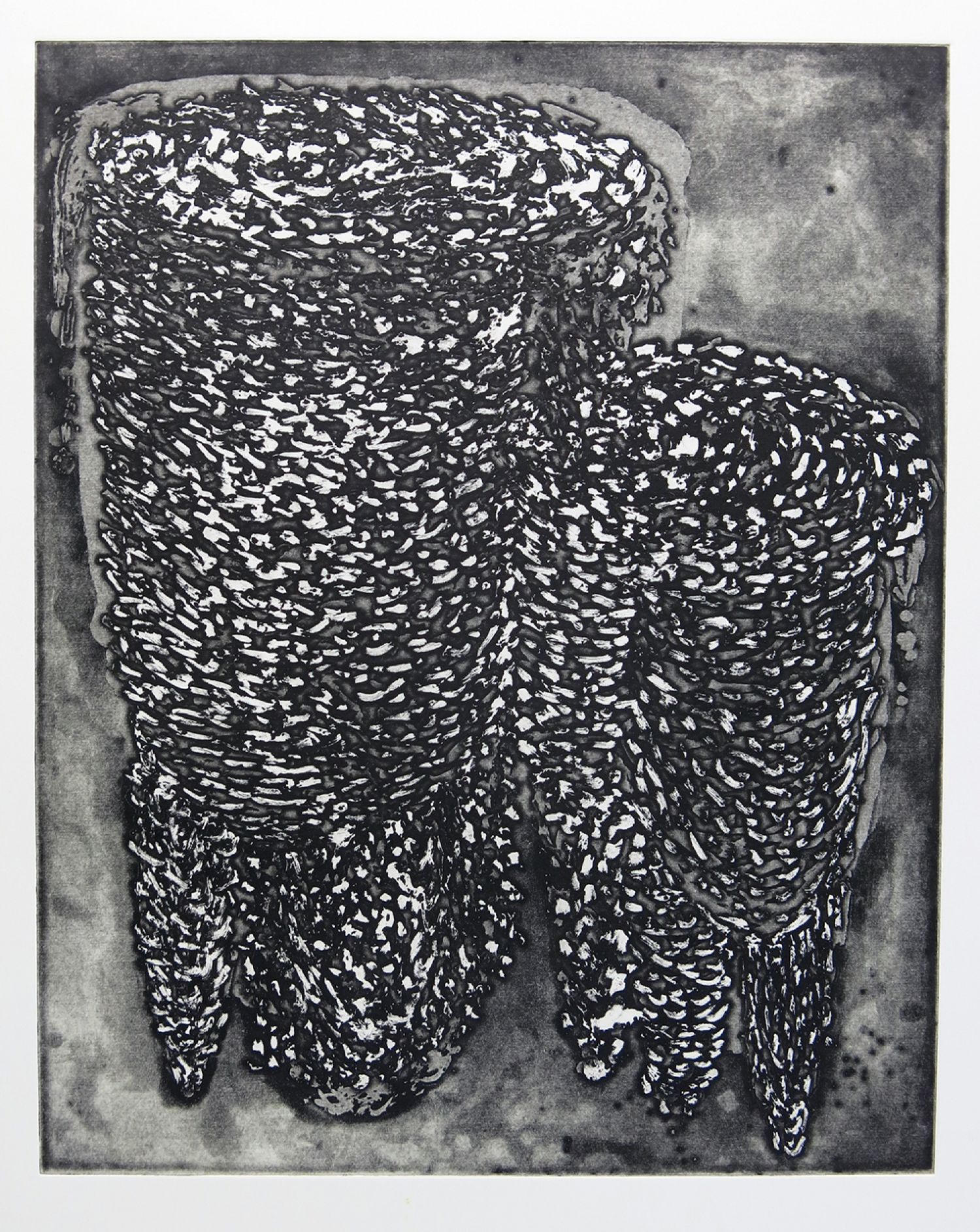
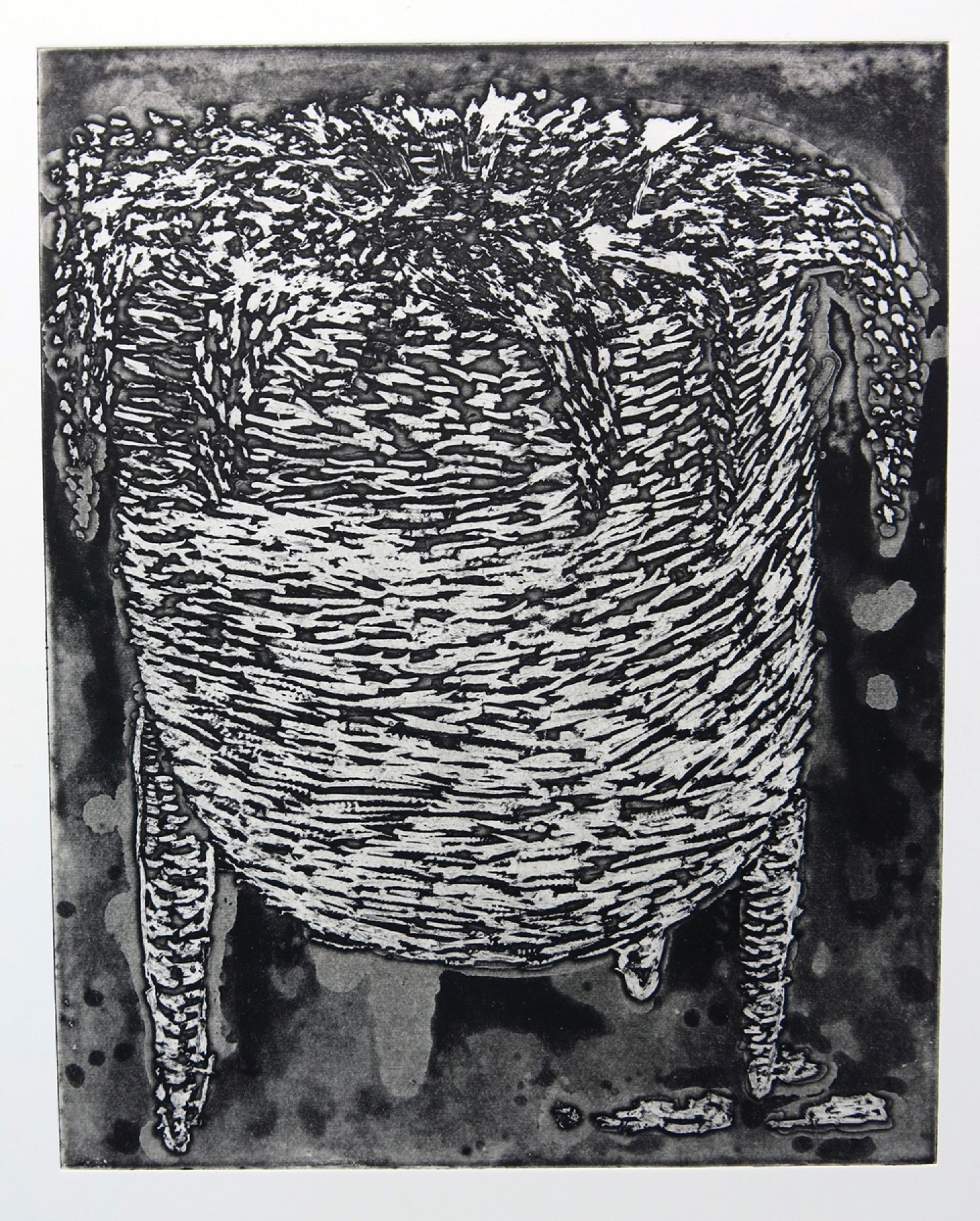
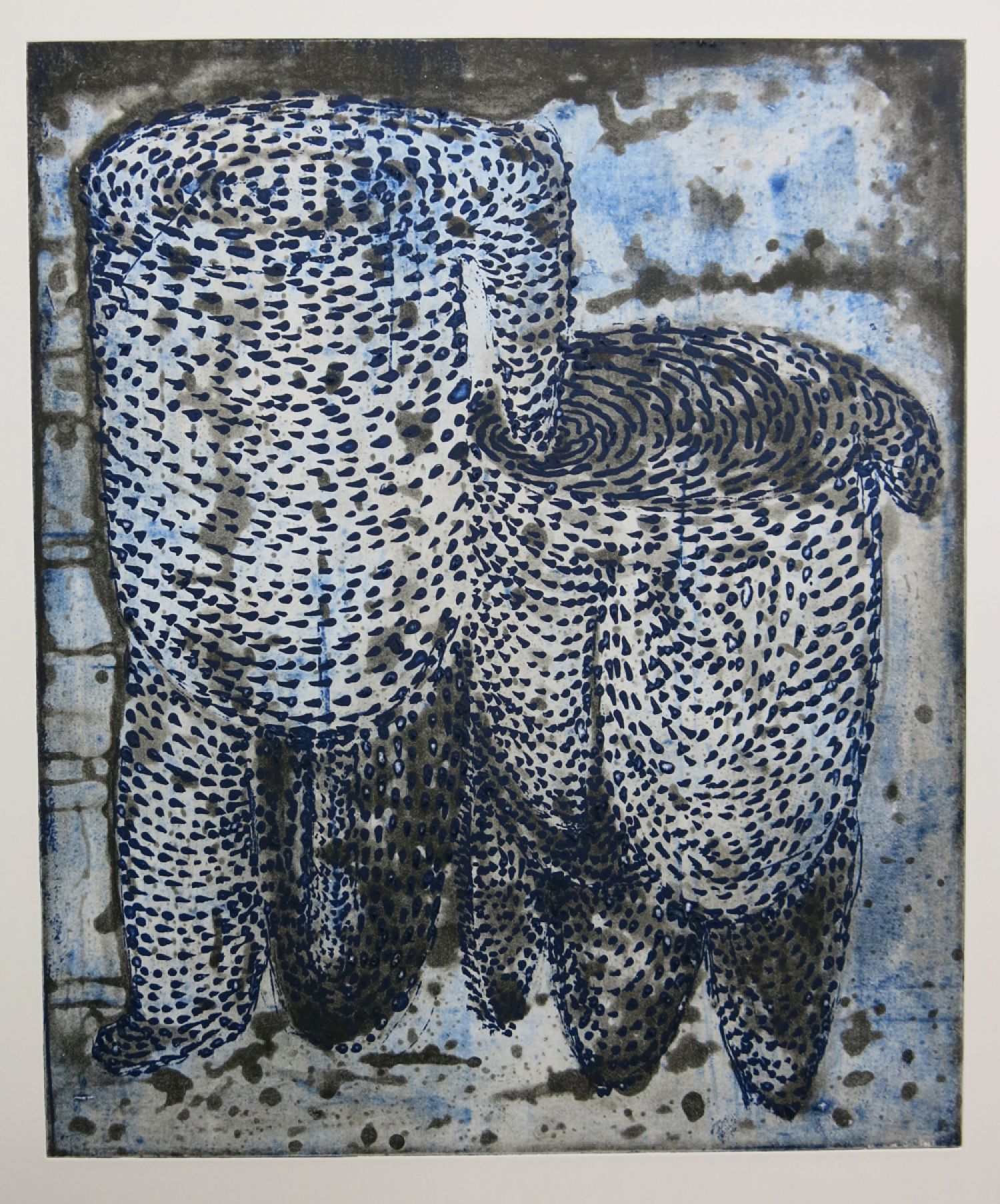
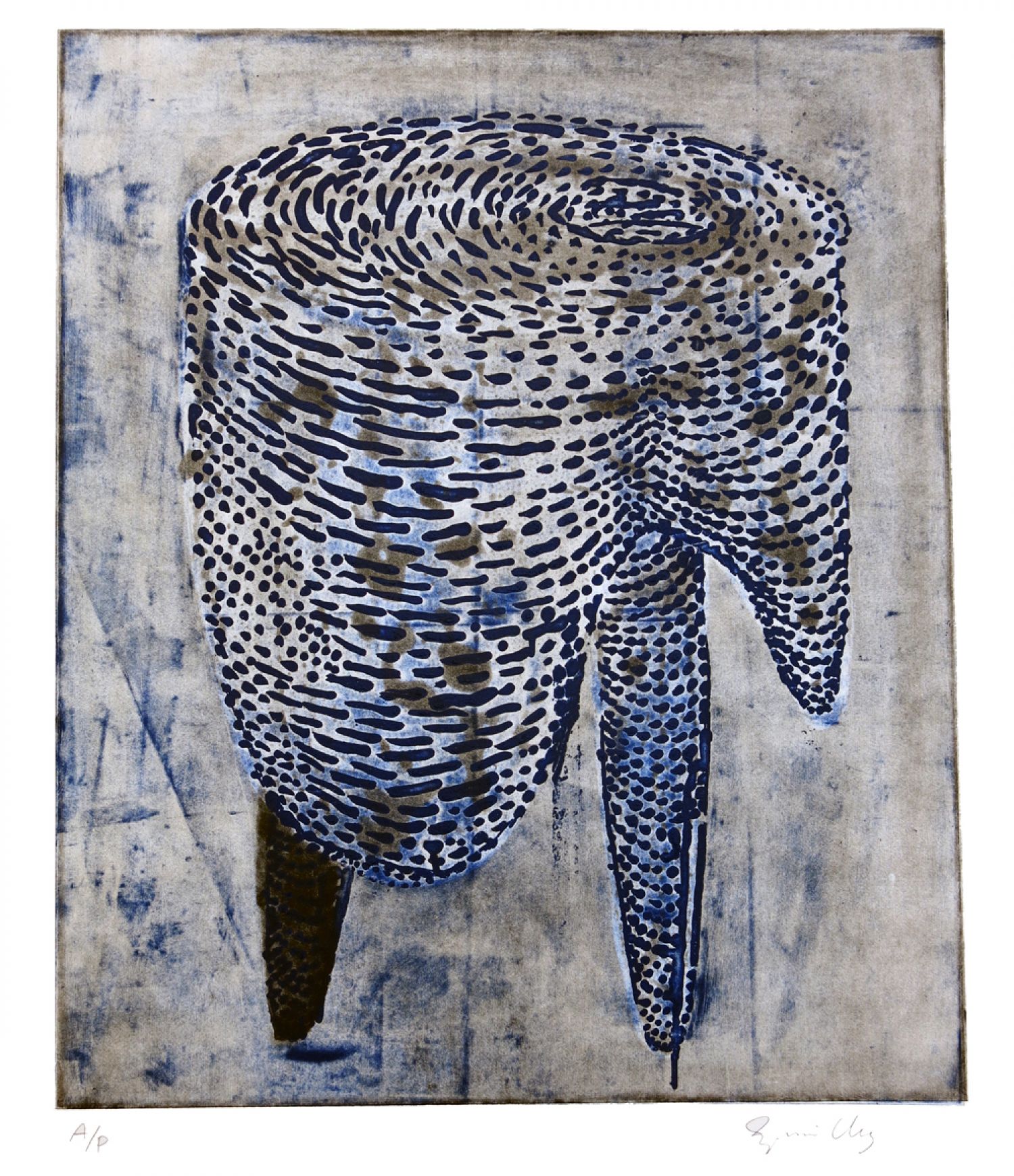
Looking at the images obtained with the spit bite technique, the two divers and the four mysterious Empty and Full objects, allowing oneself to be carried by their vibrational presence, they reveal a depth that is simultaneously dreamlike and poetic. This mood manifests its imaginal cognition[1] together with its spiritual, sensorial and emotional potential that goes well beyond the strict empirical and mechanical capture or evocation of the surrounding reality. The subjectivity takes precedence over the presumed objective view of the world and its transmission. These visions, ultimately highly subjective, transport the viewer into another realm of perception. Through her work, Izumi seems to invite us to feel part of this oneiric journey and to let the natural fluidity of the imaginative thinking, set in motion by the triggering images, manifest and express itself. Her vision offers some kind of enrichment of the diurnal consciousness by allowing the interstitial sensations to meddle in it, all those sweet and almost forbidden reveries pushed back into the furthest peripheries of the psychic and emotional life by the prosaic exigencies and requirements of everyday life.
Similarly to the diver immersing herself into the solar energy and its radiation, Izumi allows us to see, feel and perceive the inherent light of each object, even the most familiar ones, those objects and pieces of clothing that populate our everyday life and that we end up not really looking at any longer. It is the gift of magnifying the banal and letting the aura of all those simple, useful and almost invisible objects manifest itself. But above all, she invites us to immerse ourselves into our own inner light and to discover that it has the power to transform and transmute everything, starting with our vision of daily life and our relation to others. To deeply connect with the light within us also involves an act of ethereal nourishment, so that its transformational potential can acquire power and effectiveness, bringing us gradually towards an authentic communicative joy and a beneficent lightness which appear to be in such contrast with the heaviness and darkness of the ego-driven times we seem to live in.
In this point of view, Izumi Ueda’s work is deeply spirit guided. A spirit that is at once contemplative and malicious, playful and ingenious, traveller and discoverer in its extreme attention to things, phenomena and affects and which reveals an integral and enchanted curiosity. As Jean Céard wrote in La Nature et les prodiges (Genève, Droz, 1977), this is exactly the special power of the artist who strives to constantly awaken in us the sense of wonder, too often altered, even stifled by the worries of active life. The works on paper, photographed for the current digital publication succeed in making those spatio-temporal suspensions simultaneously close and distant, merging the viewer into the soft permanent imprint of the most subtle emotion.
Footnotes
- ^ «This notion is a conceptual creation of the French philosopher Henry Corbin, whose works are essential for comparative hermeneutics. Faced with the distrust that modern Western philosophy has shown in relation to the imagination, the «imaginal» neologism carries, on the contrary, a philosophical exaltation of the image. This exaltation opens up to the symbolic knowledge of the reality of the archétypes », Alain Delaunay, «Imaginal Monde» in Encyclopædia Universalis.



